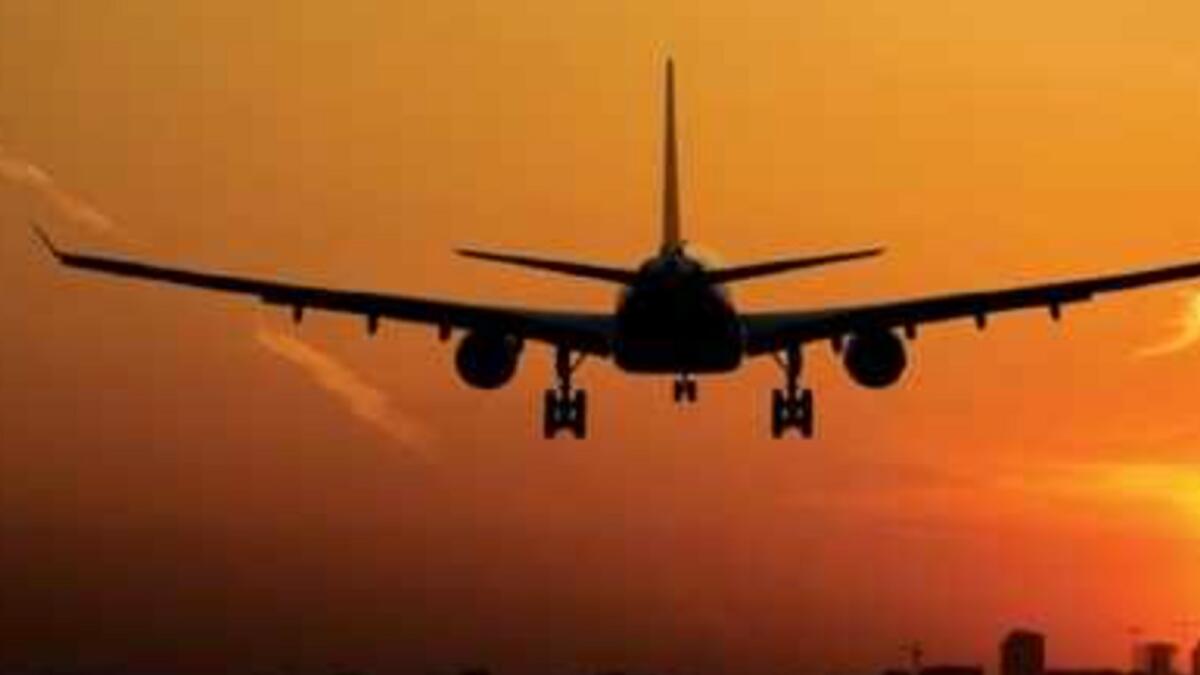Recently, Russia announced the temporary closure of a major airport near the city of Kazan, 1,000 kilometers away from Ukraine, following an attack by a Ukrainian drone. Ukrainian forces have been launching aerial attacks on Russian border regions, even reaching targets deep inside Russian territory. The defence ministry reported downing a Ukrainian drone in the central region of Tatarstan, prompting the temporary closure of two airports in the region, including in Kazan.
To ensure the safety of civil aircraft, Russian aviation body Rosaviatsia announced restrictions on the operation of airports in Tatarstan. This action came after Russia claimed to have neutralized 17 Ukrainian drones overnight, with two drones causing explosions at a fuel depot in Rostov, just south of Moscow’s military headquarters for operations in Ukraine. The Russian defence ministry stated that aerial defence systems intercepted and destroyed 17 drones as well as 10 ATACMS missiles over Crimea.
Local governor Vasily Golubev reported that the drones in Rostov did not cause any fires or injuries. Ukraine has been targeting Russian energy facilities and fuel supplies, arguing that these attacks are justified as they are used to supply the Russian army. After enduring significant destruction on its own territory, Ukraine has vowed to take the battle to Russian soil, intensifying the conflict that has been ongoing for over two years.
The escalation of aerial attacks by Ukrainian forces on Russian territory, including the recent drone attack near Kazan, has further heightened tensions between the two countries. This incident led to the temporary closure of two airports in Tatarstan, affecting air travel in the region. Russia’s response to the Ukrainian drone attacks highlights the ongoing conflict and the challenges faced by both sides in the escalating situation.
The downing of a Ukrainian drone by Russian forces in Tatarstan and the subsequent closure of airports in the region demonstrate the impact of the conflict on civilian infrastructure. The temporary restrictions on airport operations underscore the need to ensure the safety of air travel in the midst of military tensions. The incidents in Rostov and Crimea, where drones and missiles were intercepted, indicate the complexity and scope of the conflict between Russia and Ukraine.
The targeting of Russian energy facilities and fuel supplies by Ukraine reflects the strategic importance of these resources in the conflict. Ukraine’s justification for these attacks as a means to disrupt Russian military operations highlights the ongoing efforts to undermine Russian capabilities. The vow to take the battle to Russian soil shows the determination of Ukraine to continue its resistance against Russian forces, despite the challenges and destruction faced on its own territory.
In conclusion, the recent drone attack near Kazan and the subsequent closure of airports in Tatarstan are indicative of the escalating conflict between Russia and Ukraine. The ongoing aerial attacks and military responses underscore the challenges faced by both countries as they navigate the complex and volatile situation. The targeting of critical infrastructure, such as energy facilities and airports, highlights the strategic nature of the conflict and the impact on civilian populations. The determination of both sides to continue the fight reflects the deep-seated animosity and geopolitical stakes involved in the conflict. As tensions remain high, the international community watches closely for any signs of a potential resolution or further escalation in the conflict between Russia and Ukraine.











